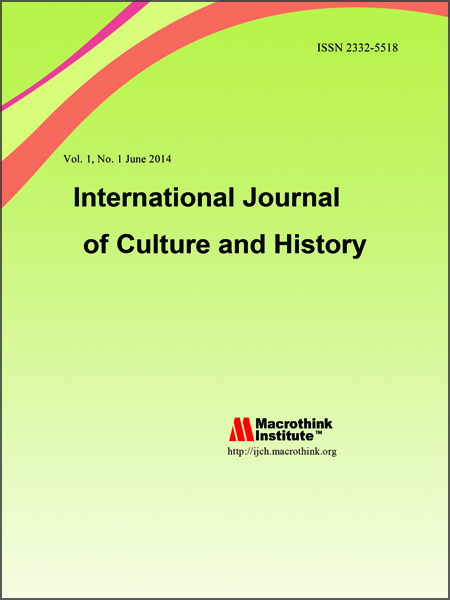The Fusion of Japanese Zen Aesthetics and the Image of Machi-Man (Townspeople) – Reflections in Ukiyo-e and 19th Century Paris Montmartre Art
DOI:
https://doi.org/10.5296/ijch.v10i2.21383Abstract
The three core elements of Japanese Zen art aesthetics are mono no aware, yugen, and wabi-sabi, but these are only modern research interpretations of Zen art aesthetics. By tracing the roots of Rinzai Zen Buddhism from China, free from the written word, this paper finds that Zen Buddhism has influenced Japanese culture in both thought and life and has fused the cultural practices of the Japanese townspeople's society over time. Therefore, the article analyzes the connection between the Japanese Zen aesthetics and the culture of the Machi-man (townspeople). At the same time, the paper also argues that the relationship between Zen art aesthetics and the townspeople spread worldwide with the spread of ukiyo-e as an art form. This relationship is visualized in the form of case studies, including but not limited to the use of ukiyo-e artworks to substantiate this relationship and the analysis of the works of Toulouse-Lautrec to decipher how this relationship between aesthetics and townspeople has been learned in foreign lands.

